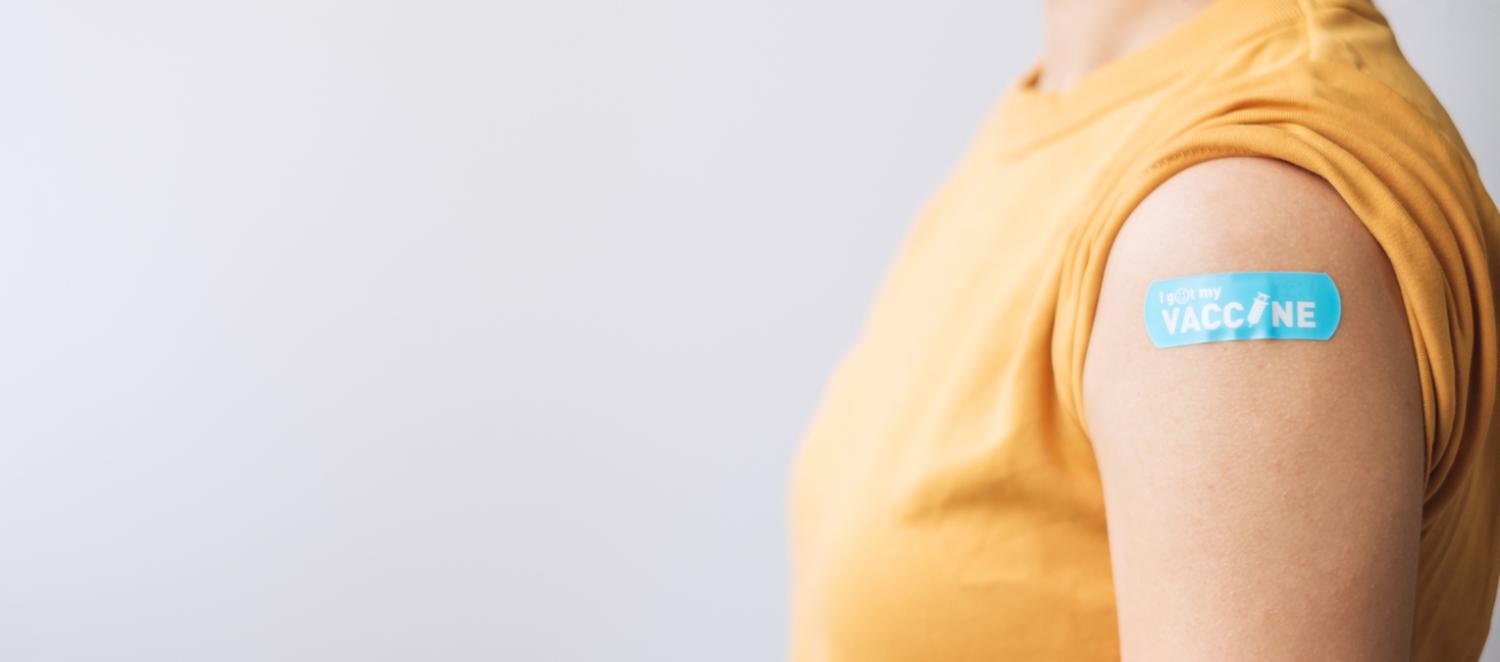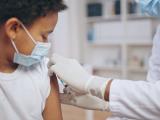According to new research from the Cleveland Clinic published in The Lancet Infectious Diseases, updated COVID-19 vaccines—the monovalent (single-strain) XBB.1.5 shots—reduced the risk of severe COVID-19 by 31%, and the use of antiviral drugs reduced the risk of severe disease by 42%.
The findings come on the tail of research from the Centers for Disease Control and Prevention published last week that showed adults with multiple and updated doses of vaccine plus the antiviral Paxlovid had a 78% reduction in the risk of hospitalization for COVID-19 infections.
The present study included outcomes seem among 27,194 patients aged 12 years and older in the Cleveland Clinic Health System who had tested positive for SARS-CoV-2 infection in outpatient settings from September 12 to December 31, 2023.
Thirty-three percent of patients were between the ages of 12 and 49, 24% were ages 50 to 64, 31% were ages 65 to 74, and 21% were 75 years or older. The average age was 57.5 years, and 3,315 had received an updated XBB.1.5 vaccine. Of the 12.2% that had received an updated vaccine, 66% had gotten a Pfizer-BioNTech shot, and 32% received Moderna.
In total, 12,387 (45.6%) received oral antivirals to combat their infections, with 80% taking Paxlovid (nirmatrelvir/ritonavir) and 20% taking Lagevrio (molnupiravir). As of January 15, 2024, 1,637 patients (6.0%) had been admitted to a hospital, and 243 (0.9%) had died.
Vaccine, drugs most protective in older patients
The hazard ratio (HR) for XBB.1.5 vaccination was estimated at 0.69 (95% confidence interval [CI], 0.59 to 0.81), or 31% protection against hospitalization or death, and the HR for antiviral treatment was 0.58 (0.52 to 0.65), or 42% protection.
In further analysis, the HR was 0.61 (95% CI, 0.54 to 0.69) for Paxlovid and 0.50 (0.41 to 0.60) for molnupiravir. Additionally, the HR for antiviral treatment was 0.47 in patients who had received XBB.1.5 vaccines and 0.59 in those who had not.
In patients aged 65 years or older, the HR was 0.66 (95% CI, 0.55 to 0.79) for XBB.1.5 vaccination (34% protection) and 0.52 (0.45 to 0.60) for antiviral treatment (48% protection). In contrast, in patients aged younger than 65 years, the HR was 0.82 (0.59 to 1.15) for XBB.1.5 vaccination (18% protection) and 0.69 (0.57 to 0.82) for antiviral treatment (31% protection).
XBB.1.5 vaccines should be considered by all individuals, especially those who are aged 65 years or older or are immunocompromised.
During the study period, the authors said, the dominant variants changed from EG.5 to HV.1 and JN.1, and the proportion of XBB.1.5 declined from 9% to 4%. The vaccine still offered good protection, however, the authors said, despite the changing landscape of variants.
"The effectiveness of XBB.1.5 vaccines against severe COVID-19 in the period of EG.5, HV.1, and JN.1 subvariants predominance was similar to that of bivalent boosters in the period of BQ.1–BQ.1.1 and XBB–XBB.1.5 predominance," the authors wrote. "XBB.1.5 vaccines should be considered by all individuals, especially those who are aged 65 years or older or are immunocompromised."



















